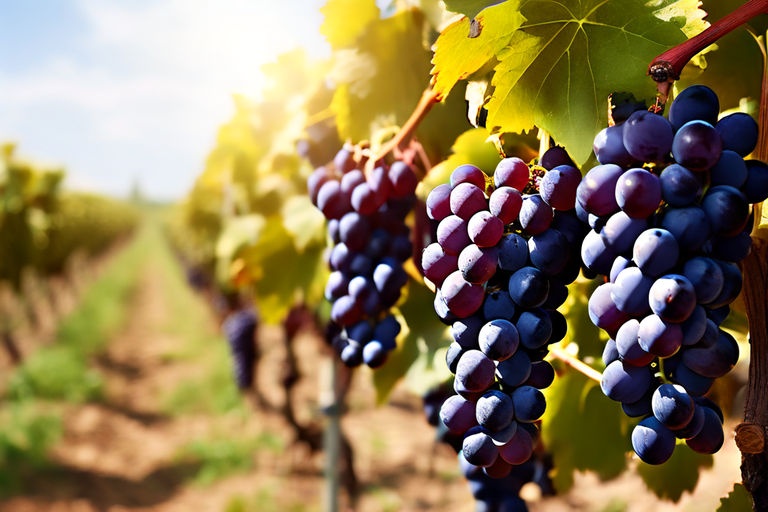How can I use weather forecasts to guide my irrigation schedule?

Optimizing Irrigation Schedules Using Weather Forecasts
Water is the lifeblood of agriculture, and the management of this precious resource is pivotal to successful farming operations. One of the most critical aspects of this management is irrigation, the artificial application of water to land to assist in the growth of crops. The efficiency of irrigation can significantly influence the productivity and sustainability of a farm. This is where weather forecasts come in. They can serve as a guide to create an effective irrigation schedule. But how exactly can a farmer utilize weather forecasts in this context? Let's delve into the details.
Understanding Weather Forecasts
Firstly, it's essential to understand what a weather forecast is and what it entails. A weather forecast predicts atmospheric conditions at a specific location over a certain period. These predictions cover many aspects, including temperature, humidity, wind speed, and precipitation, which are all vital factors in determining an irrigation schedule.
Temperature and Irrigation
Temperature plays a significant role in the rate of evapotranspiration, the process by which water is transferred from the land to the atmosphere by evaporation from the soil and other surfaces and by transpiration from plants. High temperatures increase the rate of evapotranspiration, which in turn increases the water demand of plants. By keeping an eye on temperature forecasts, farmers can anticipate periods of high water demand and adjust their irrigation schedules accordingly.
Humidity and Irrigation
Humidity, or the amount of water vapor in the air, also influences evapotranspiration rates. High humidity levels can reduce the rate of evapotranspiration, which means that plants need less water. Conversely, low humidity levels can increase the rate of evapotranspiration, leading to higher water demands. By monitoring humidity forecasts, farmers can predict changes in evapotranspiration rates and modify their irrigation schedules to meet the changing water needs of their crops.
Wind Speed and Irrigation
Wind speed is another critical factor in evapotranspiration rates. Wind can increase the rate of evapotranspiration by carrying away the moisture that plants release, causing them to lose water at a faster rate. Thus, during periods of high wind speed, plants may require more frequent irrigation. By keeping track of wind speed forecasts, farmers can prepare for periods of increased water demand due to high winds.
Precipitation and Irrigation
Precipitation, or rainfall, is a natural source of water for crops. Rainfall can reduce the need for irrigation, and in some cases, eliminate it entirely. By monitoring rainfall forecasts, farmers can anticipate when they can reduce or skip irrigation, saving water and energy. Furthermore, knowing when heavy rainfall is expected can help farmers prevent over-irrigation, which can cause waterlogging and damage crops.
Creating an Irrigation Schedule
Now that we've established how weather forecasts can influence irrigation needs, let's look at how to create an irrigation schedule. The goal of an irrigation schedule is to ensure that crops receive the right amount of water at the right time. This involves considering the water needs of the crops, the capacity of the irrigation system, and the weather forecast.
The first step in creating an irrigation schedule is to determine the water needs of the crops. Different crops have different water needs, and these needs can also vary depending on the stage of growth. For example, some crops may need more water during the flowering stage, while others may need more water during the fruiting stage.
The second step is to consider the capacity of the irrigation system. The system's capacity determines how much water can be delivered to the crops in a given time. This involves considering factors such as the flow rate of the irrigation system and the size of the area to be irrigated.
The third step is to incorporate the weather forecast into the schedule. This involves monitoring the forecast and adjusting the schedule based on the expected conditions. For example, if high temperatures and low humidity are expected, the schedule may need to be adjusted to provide more frequent irrigation. Conversely, if heavy rainfall is expected, the schedule may need to be adjusted to reduce or skip irrigation.
Tools and Techniques
Fortunately, there are many tools and techniques available to help farmers incorporate weather forecasts into their irrigation schedules. These include irrigation scheduling tools, soil moisture sensors, and weather stations.
Irrigation scheduling tools use weather data to calculate evapotranspiration rates and predict the water needs of crops. These tools can provide farmers with a daily irrigation schedule that takes into account the expected weather conditions.
Soil moisture sensors measure the amount of water in the soil, providing a direct indication of the water status of the crops. By combining soil moisture data with weather forecasts, farmers can make more accurate irrigation decisions.
Weather stations provide real-time weather data, allowing farmers to monitor the actual conditions on their farm. This can help them adjust their irrigation schedules in response to unexpected changes in the weather.
In Conclusion
In conclusion, weather forecasts are a valuable tool for guiding irrigation schedules. By understanding how different weather conditions affect the water needs of crops, farmers can use weather forecasts to anticipate changes in these needs and adjust their irrigation schedules accordingly. This can lead to more efficient water use, higher crop yields, and more sustainable farming practices. However, it's important to remember that weather forecasts are predictions and not guarantees. Therefore, they should be used in conjunction with other tools and techniques, such as soil moisture sensors and irrigation scheduling tools, to make the most informed irrigation decisions.

